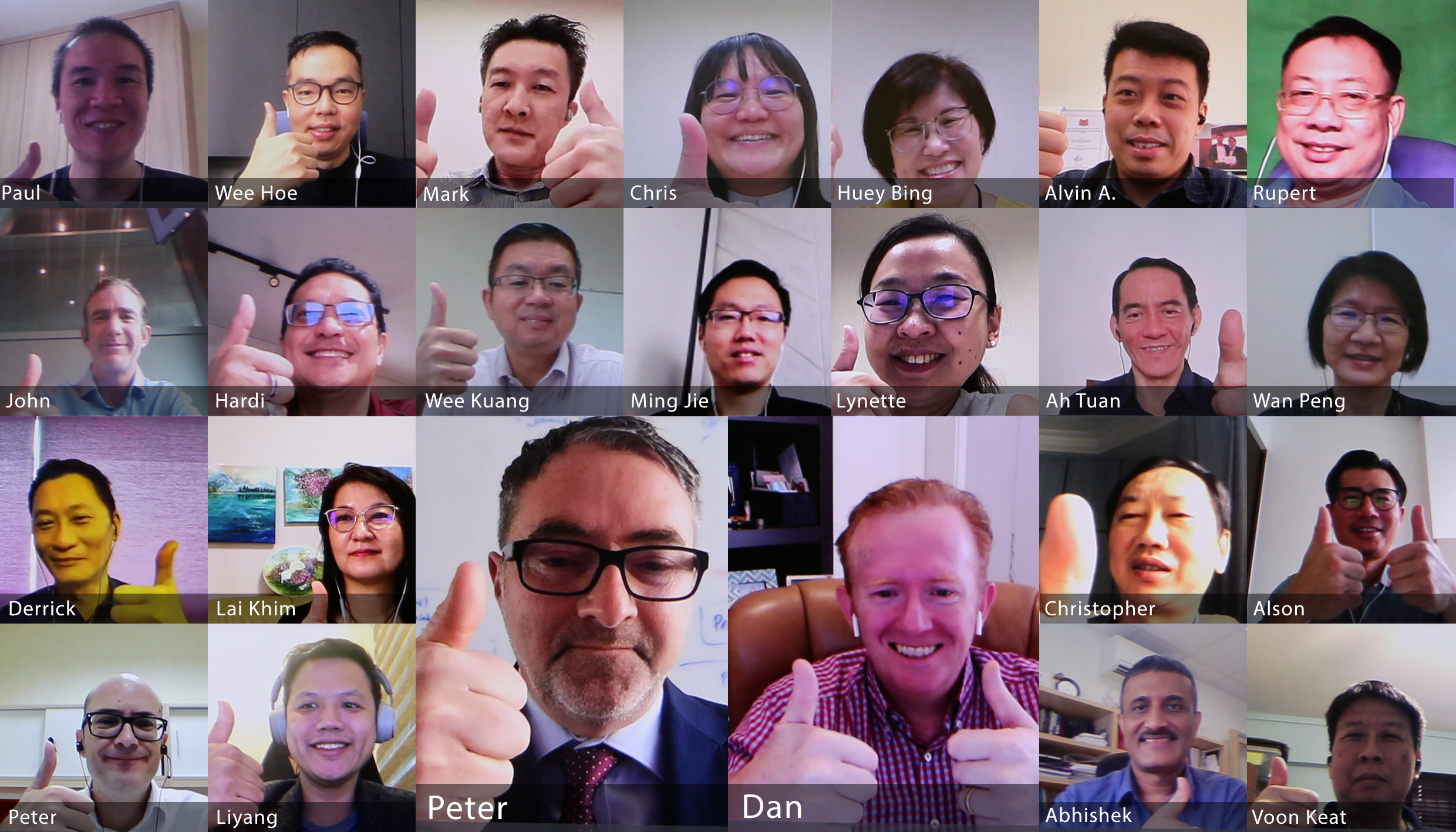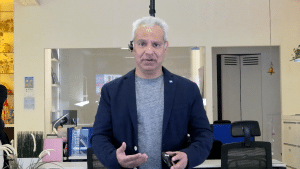
The pandemic has taught the world a lesson – a global crisis can hit anytime and it is critical to be prepared for it.
One sector that is most severely impacted by large-scale crises – like the current pandemic – is the public services sector. Rather than scaling down, public services (especially some departments) work more than usual to ensure all basic amenities are available to the citizens as they were instructed to stay at homes.
In times like these, where certain public sector departments were working incessantly to help citizens, automation can augment the government’s ability to serve people.
In light of its relevance in these times, OpenGov Asia hosted OpenGovLive! Virtual Breakfast Insight with delegates from various public sector agencies from Singapore to discuss and encourage the adoption of automation technologies.
The unattended virtual worker is the future of automation

The session opened with a presentation from Mohit Sagar, Group Managing Director and Editor-in-Chief, OpenGov Asia.
Mohit began by highlighting the fact that COVID-19 dismantled the status quo in governments and organisations.
With all the world going into sudden lockdown, governments had to take the responsibility to provide better and seamless services for citizens and businesses to survive.
This was where Digital transformation and implementation of Robotic Process Automation helped ease the pressure in government departments/agencies that were over-burdened.
Robotic Process Automation (RPA) not only helps lighten the load by taking over complex repetitive tasks but also helps cut costs – a constant challenge for governments as they continue their battle against COVID-19.
Mohit also gave the attendees a glimpse into what the future would look like for automation technology. He opined that the unattended virtual worker who runs on a pre-decided schedule will become the norm.
From a long-term perspective, unsupervised robots tend to become more efficient, with lower costs for deploying new ones, scaling up or maintenance. This is mainly due to the higher-utilisation rate of robots and the convenience of adopting the same technology to a different use case in different organisation. The centralisation aspect during execution also ensures that risk aspects around confidentiality and data are managed better.
Mohit concluded his presentation by advising organisations to collaborate with experts as they embark upon their journey towards automation rather than trying to do everything on their own.
RPA has moved from the realm of mundane to the realm of innovation

After Mohit’s presentation, Dan Ternes, Chief Technology Officer, Blue Prism, shared his insights on the topic.
Dan began by clarifying that RPA today has moved way forward from how we understood it traditionally to a more exciting and comprehensive phase. The way businesses and organisations are using RPA today is in the realm of innovation and no longer merely to do repetitive tasks. Dan explained that traditionally RPA is thought of as something that would boost operational excellence, but now it has away from the spectrum of the menial and the mundane.
Organisations are now focusing on automating tasks that are complex, strategic and mission-critical to them. He shared how the public health sector in Singapore used a Blue Prism solution to manage complex data on public health during the pandemic.
This journey is now going into the second wave of RPA implementation which involves using it in conjunction with other technologies like Optical Character Recognition, chatbox, natural language processing, etc.
He called this the wave of digital simplification. He revealed that a national taxation agency is successfully implementing this in combination with other complementary technologies for automatic compliance checks on deductions.
After this, he felt, comes a third wave that breaks away from the constraints of the past. This wave includes initiatives like smart nation and smart cities. He was quick to point out that it is also important to make sure that the new, the digital and the sophisticated must continue to tie into the legacy applications that run our society. Otherwise, the whole system could become get very disintegrated.
Dan concluded by sharing that Blue Prism has had a great record of adding value in all three waves and encouraged the delegates to lean towards automation.
Various use cases of automation in the field of Education

After an enlightening introduction by Dan, Peter Buckmaster, Director of Digital Experience Design at The NSW Department of Education shared his knowledge with the delegates.
Peter began by introducing the NSW Department of Education which is the largest education department in the southern hemisphere and shared how it is using automation in its functioning. He explained that they are using a combination of RPA and AI to enhance their work efficiency and accuracy.
The first major bit of automation initiated by the department was automating the process of employee onboarding/access management and the digitising of paperwork involved in the process. This resulted in saving almost 460 hours of work that was done by the department workforce.
He listed the 6 broad uses of AI and RPA in the field of education.
- Grading assessments
- Contact Centre Operations
- Connected Analytics
- SAP/Payroll Processing
- Online Enrolment
- Personalised Learning
Peter also played the audience a video featuring examples of how the above-mentioned use cases come into play. The video greatly helped delegates visualise how incorporating automation can enable work efficiency without requiring more time.
After Peter’s presentation, it was time to go into a time of polling and engage in discussions around the topic.
On the first question about how automation fits into your organisation’s digital transformation journey, almost half the room voted for: Improve work efficiency (53%).
Some really interesting perspectives came out of the discussion on this question. A Chief Medical Informatics Officer from a major hospital in Singapore reflected that he chose the above option because, in large organisations like his own, a lot of processes are still undertaken manually by staff. This leads to monotony and impedes workflow efficiency. By automating these processes, high-value work can be allocated to the employees.
On the next question regarding the biggest challenge in implementing your digital strategy, the audience was split between Inflexible business processes and teams (37%) and Lack of properly skilled teams (37%).
A senior governance officer from an educational institution shared that she chose the former because they feel the need to automate or update some of their existing technology, but always get a lot of resistance from the employees. So there is a need to change people’s mindsets and make them more accepting of technology.
On the final question about the biggest area of priority for incorporating automation, the audience was divided between Citizen Engagement (26%) and Co-agency collaboration (26%).
On this one, a Chief Digital Officer from another health care institution in Singapore reflected that they are looking to first begin with automating the more manual tasks and then gradually diversify into other more complex and specific tasks.
After this fruitful discussion, Mohit invited Dan to bring the session to a conclusion with closing remarks.
Dan thanked all the delegates and speakers for participating and contributing to the session. He re-emphasised the fact that automation has great potential and can help solve some of the problems of the “new normal”. He also felt that, apart from having the right technology, it is equally important to have the right vision and implementation process to achieve the desired goals.
The delegates left the virtual insight well informed and empowered.
















